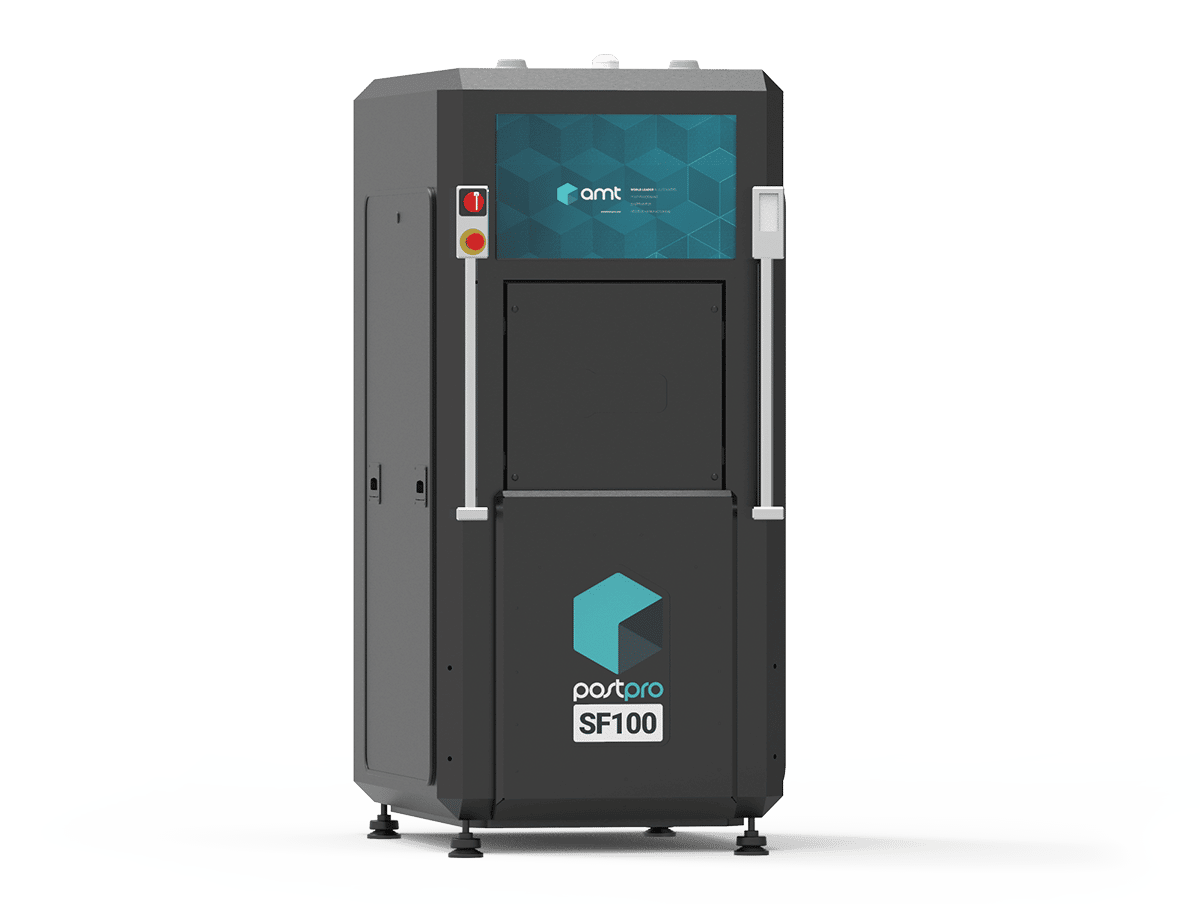

Historically, one of the main drawbacks of 3D printing has been the surface finish of the part. This is because 3D printing, by design, is a layering process. When a part is printed, every layer leaves a visible boundary on the outer surface of the geometry (often known as ‘stepping’). This results in surface roughness of approximately 15Ra on parts which have been printed using powder-based sintering technologies at a layer thickness parameter of 0.12mm but will change dependent on variables such as build orientation, layer thickness, technology etc.
Vapour smoothing works to combat this roughness by exposing the printed components to chemical vapours which penetrate the outer surface of the part, lubricating the polymer molecules of the material. These molecules then begin to slip over one another, creating a slurry of liquid polymer which encases the component. The vapours are then removed, causing the slurry to set, which, as it does so, creates a glossy surface finish on the outer surface of the part, increasing its mechanical performance, sealing its surface and enhancing its colour.
Here at Prototal UK, we are the proud owners of an AMT SF100 Vapour Smoothing Unit, which results in:
• Smoother surface finish
• Increased mechanical property performance
• Surface sealing
• Colour enhancement
Learn more about our post-processing capabilities.
Want to see what materials we have to offer?
Download our 3D Printed Guideline sheet below.
For more detailed data sheets, please visit the appropriate pages.